Results
-
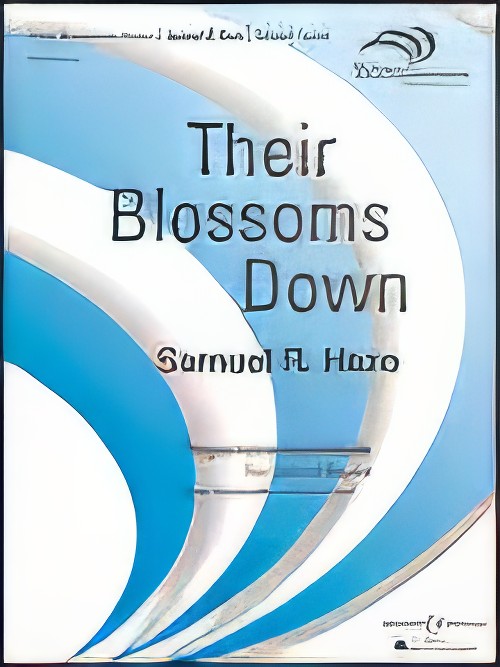 £65.00
£65.00Their Blossoms Down (Concert Band - Score and Parts) - Hazo, Samuel R.
This piece is meant to take on a lush Irish feel, as this best compares to Father McAnulty's (former President of Duquesne University in Pittsburgh) gentle nature. The poem is from an old Irish blessing.
Estimated dispatch 7-14 working days
-
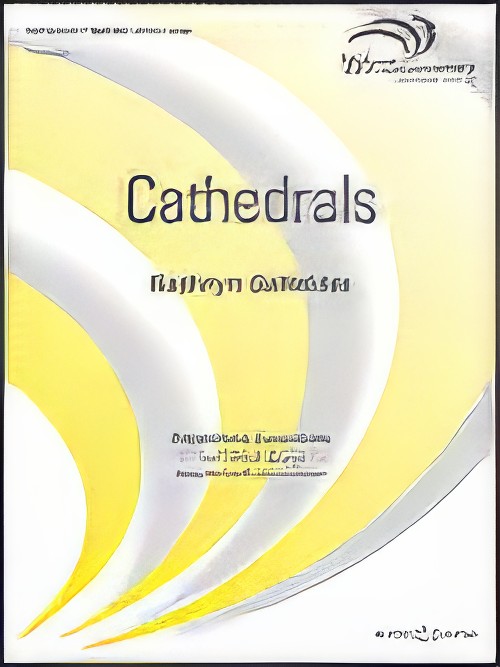 £95.00
£95.00Cathedrals (Concert Band - Score and Parts) - Salfelder, Kathryn
Named the 2008 winner of the prestigious Frederick Fennell Prize for young composers (sponsored by ASCAP and CBDNA), Cathedrals by Kathryn Salfelder is a fantasy on Gabrieli's Canzon Primi Toni from the "Sacrae Symphoniae," which dates from 1597. The work is an ingenious synthesis of old and new, evoking the mystery and allure of Renaissance spatial music through the use of two brass choirs, and intertwined with a rich color palette, modal harmonies, and a variety of woodwind and percussion textures. A stunning addition to the wind band repertoire. Duration: 6:00
Estimated dispatch 7-14 working days
-
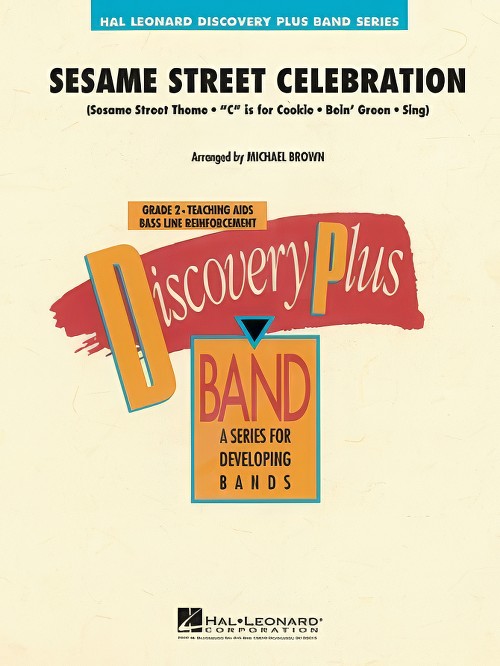 £53.50
£53.50Sesame Street Celebration (Concert Band - Score and Parts) - Brown, Michael
No matter how old you are, the familiar melodies from this popular television series never fail to raise a smile. Here's a delightful and entertaining medley for young players that includes: Sesame Street Theme, "C" Is for Cookie, Bein' Green, and?Sing.?
Estimated dispatch 7-14 working days
-
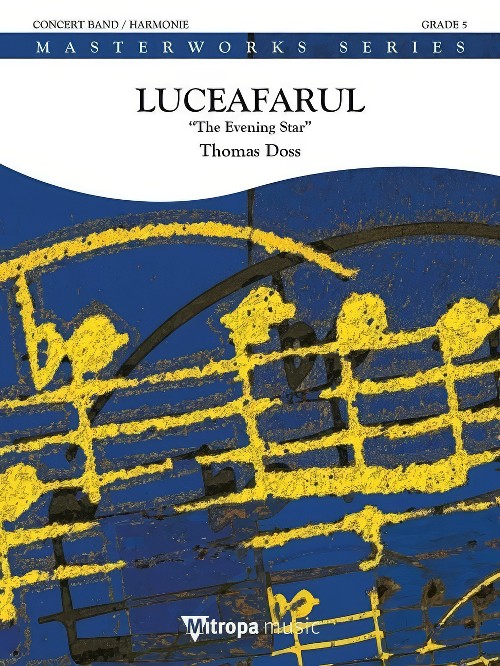 £233.99
£233.99Luceafarul (The Evening Star) (Concert Band - Score and Parts) - Doss, Thomas
Luceafarul (The Evening Star) is based on an old Romanian legend about a princess who falls in love with the evening star. Eventually the star returns her love, and one night he climbs down in human form to her. However, their love fails because of his realisation that such a connection between heaven and earth is impossible. Thomas Doss has translated this romantic, touching love drama into an equally dramatic and emotional musical work. Deeply moving!
Estimated dispatch 7-14 working days
-
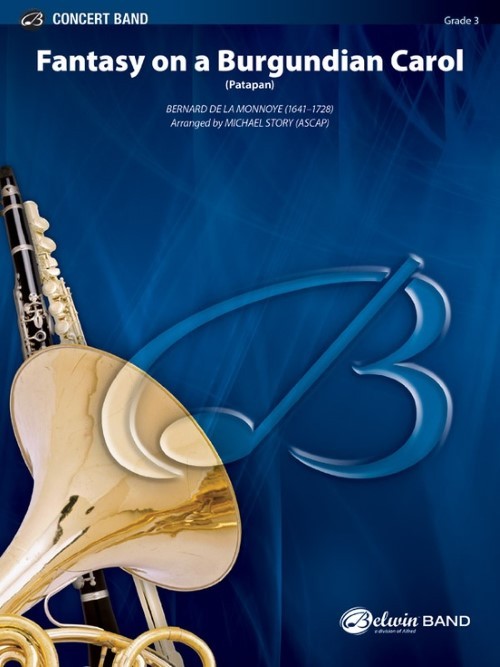 £64.50
£64.50Fantasy on a Burgundian Carol (Concert Band - Score and Parts) - Monnoye, Bernard de La - Story, Michael
This work is based on the old French Christmas carol "Patapan" first published by Bernard de La Monnoye around 1700. This contemporary setting explores a variety of textures from simple to intricate. A worthy addition to your holiday program that is comfortably accessible.Duration: 2:00
Estimated dispatch 7-14 working days
-
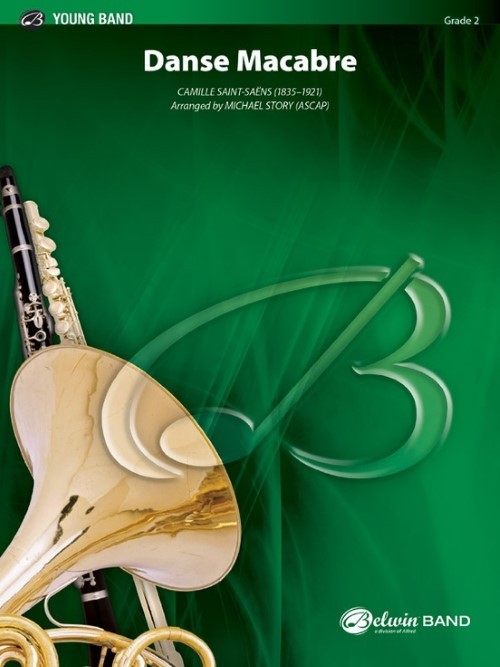 £60.50
£60.50Danse Macabre (Concert Band - Score and Parts) - Saint-Saens, Camille - Story, Michael
The basis of the piece is an old French superstition where at the stroke of midnight on Halloween, Death appears and summons the dead to dance while he plays his music for them. In a familiar 3/4, it's spooky enough for a Halloween performance and classical enough for any program or contest all year long!Duration: 3:15
Estimated dispatch 7-14 working days
-
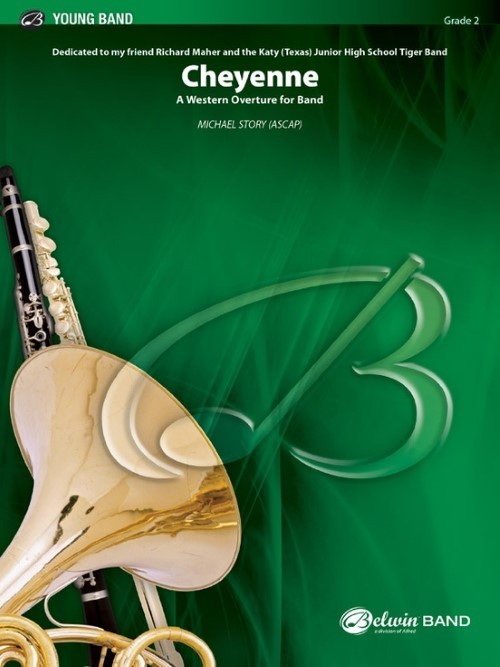 £60.50
£60.50Cheyenne (A Western Overture for Band) (Concert Band - Score and Parts) - Story, Michael
Cheyenne, Wyoming was a very important city in the move westward during the 19th century. It was built at the crossing of the Union Pacific railroad and Crow Creek. Today, Cheyenne remains a vibrant community with the ongoing spirit of the old west. An original work reminiscent of western movie themes, it is set in a traditional ABA overture form. Broad and bold with the spirit of the west.Duration: 3.00
Estimated dispatch 7-14 working days
-
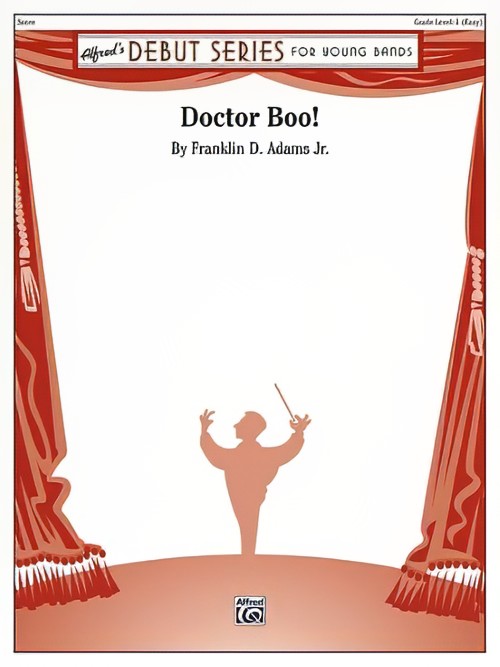 £48.95
£48.95Doctor Boo! (Concert Band - Score and Parts) - Adams Jr, Franklin D.
Eerie sounds reverberate through dark dusty hallways as a Grandfather clock suddenly springs to life in the dead of night, tick tock, tick tock... Have a scary good time making this musical visit to an old mansion haunted by Doctor Boo!Duration: 1:45
Estimated dispatch 7-14 working days
-
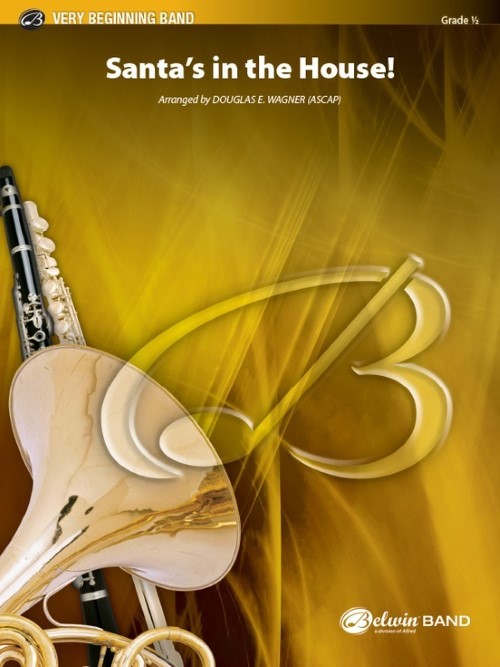 £46.95
£46.95Santa's in the House! (Concert Band - Score and Parts) - Wagner, Douglas E.
Three American Christmas standards are presented in succession in this very easy medley that is written for success for instrumentalists who are just beginning their musical studies, before they have even learned about key signatures. Jolly Old Saint Nicholas and Up on the Housetop, along with a snippet of Jingle Bells, fill the stage with happy sounds of the season.Duration: 1:15
Estimated dispatch 7-14 working days
-
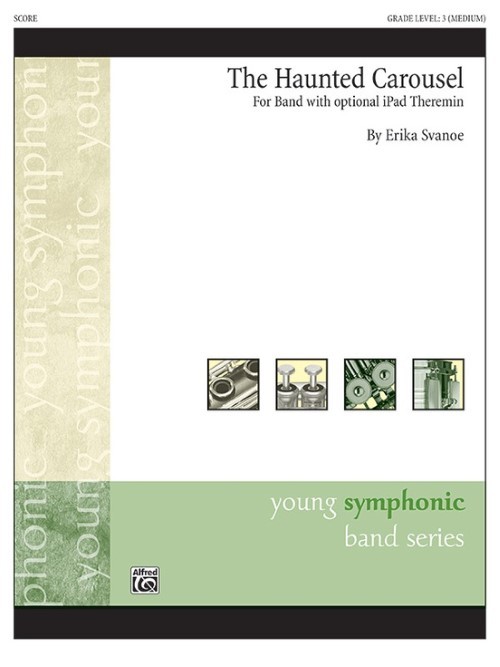 £66.95
£66.95The Haunted Carousel (Concert Band - Score and Parts) - Svanoe, Erika
Winner of the 2014 National Band Association Young Band Composition Contest, "The Haunted Carousel" was conceived as a piece for band utilising the sound of a theremin, an electronic instrument often used in old science fiction and horror movies. The part is optional and all critical material is doubled with other instruments of the band. The theremin part is designed to be performed live on an amplified iPad with the GarageBand application. This is one Halloween piece your entire audience will be talking about long after the concert!Duration: 4:30
Estimated dispatch 7-14 working days
